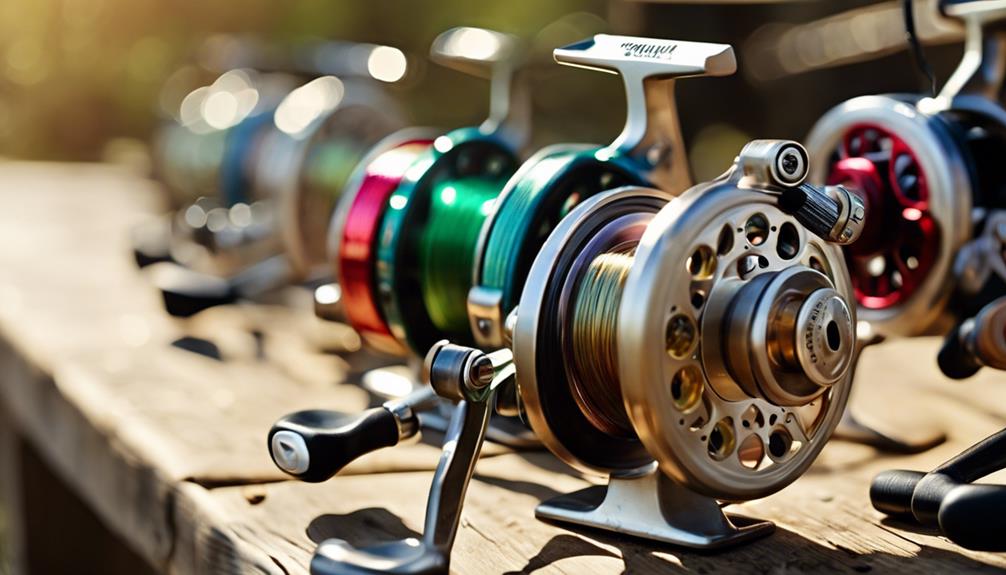Fishing is a beloved pastime for many, offering a chance to connect with nature, unwind, and maybe even catch dinner. However, a common question among anglers is, “Do you need a fishing permit for catch and release?” The answer isn’t as straightforward as one might think. This blog post will explore the regulations surrounding fishing permits, the importance of catch and release practices, and other essential considerations for responsible anglers.
Understanding Fishing Permits
Fishing permits are legal requirements in many regions that grant individuals the right to fish in specific bodies of water. The need for a fishing permit often depends on various factors, including the location, the type of fish being targeted, and whether you are fishing for sport or sustenance. Most states and countries require permits, even for catch and release fishing. These regulations help manage fish populations, maintain ecological balance, and ensure sustainable fishing practices. Therefore, it’s crucial to check local laws and regulations before heading out on your fishing adventure.
The Importance of Catch and Release Practices
Catch and release fishing is a practice where anglers catch fish and return them to the water unharmed. This method is essential for conserving fish populations and ensuring that future generations can enjoy the sport. When practiced correctly, catch and release can help maintain healthy ecosystems and promote biodiversity. However, it is important to remember that even with catch and release, fishing regulations still apply. Therefore, knowing whether you need a fishing permit for catch and release is vital for responsible fishing.
Regulations Vary by Location
Fishing regulations vary significantly depending on where you are fishing. In some areas, specific species may have different rules regarding catch and release. For instance, certain states might allow catch and release without a permit, while others require one regardless of the fishing method. It’s essential to research local regulations, which can often be found on the website of your state’s wildlife agency or local fisheries management. Understanding these rules will not only keep you compliant but also help protect the aquatic ecosystems you enjoy.
Catch and Release Techniques for Success
To maximize the effectiveness of catch and release fishing, it’s important to employ proper techniques. Use barbless hooks to minimize injury to fish and ensure an easier release. Additionally, keep the fish in water as much as possible during the catch process. If you must handle the fish, wet your hands first to protect its slime coat, which serves as a vital barrier against disease. By following these best practices, you can help ensure that the fish you release have a better chance of survival, regardless of whether a fishing permit is required.
Potential Legal Consequences of Fishing Without a Permit
Fishing without the appropriate permit can lead to serious legal consequences, including hefty fines and a potential ban from fishing in the area. Even if you plan to practice catch and release, not having a permit can put you at risk for legal issues. Law enforcement agencies are vigilant about enforcing fishing regulations, and ignorance is not usually accepted as a valid excuse. To avoid complications, always ensure you have the necessary permits before embarking on your fishing trip.
Understanding the Benefits of Permits for Catch and Release Fishing
While it may seem like a hassle, obtaining a fishing permit can provide several benefits. Permits often contribute to conservation efforts and the management of fish populations. The fees collected from fishing permits are frequently used to fund habitat restoration, fish stocking programs, and other initiatives aimed at preserving aquatic ecosystems. By purchasing a permit, you are not only complying with the law but also contributing to the sustainability of the sport you love. This is particularly important for catch and release practices, as healthy fish populations are vital for maintaining the balance of aquatic life.
How to Obtain a Fishing Permit
Obtaining a fishing permit is generally a straightforward process. Most states offer online applications, allowing you to apply and pay for your permit from the comfort of your home. You may also find permits for sale at local bait shops or sporting goods stores. When applying, be prepared to provide information such as your name, address, and possibly a driver’s license number. Additionally, familiarize yourself with the specific type of permit you need, as some regions offer different permits for freshwater versus saltwater fishing.
Conclusion: Always Check Regulations Before Fishing
In conclusion, the question of whether you need a fishing permit for catch and release is one that every angler should take seriously. While catch and release practices are essential for conserving fish populations, they do not exempt you from local fishing regulations. Always check the specific rules and requirements in your area to ensure you are fishing legally and responsibly. By obtaining the necessary permits, you contribute to sustainable fishing practices and help preserve aquatic ecosystems for future generations. Happy fishing, and remember to cast responsibly!
